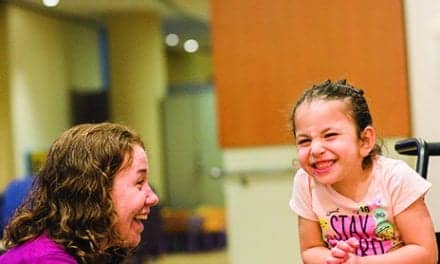In a new study published in Tissue Engineering, Part A, Mayo Clinic researchers demonstrate that implantation of a biomaterial scaffold designed to bridge the lesion caused by a spinal cord injury creates a tissue environment more favorable for nerve regeneration, according to a release from Mary Ann Liebert Inc/Genetic Engineering News.
The release notes that the desirable tissue reaction to the implant did not appear to depend on whether the scaffold was seeded with tissue-specific cells.
Researchers Anthony Windebank, MD, and others from the Mayo Clinic, located in Rochester, Minn, evaluated the response of nerve tissue over time to an implanted biomaterial scaffold, with or without Schwann cells, at the site of a full transection spinal cord injury in rats, the release explains.
According to the release, in their study they report reduced scarring, cyst formation, and deposition of debris and protein complexes that can inhibit nerve regeneration. Seeding of Schwann cells in the scaffold channels did not have a significant effect on the lesion environment.
Future research to discover therapeutic agents able to block the fibrotic response to these scaffolds could improve their ability to bridge spinal cord lesions, the researchers note in the release.
[Source(s): Mary Ann Liebert Inc/Genetic Engineering News, EurekAlert]





